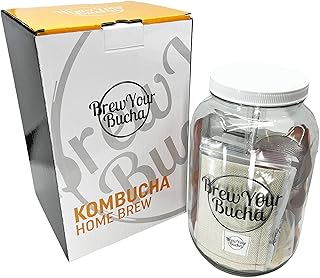Understanding Esters in Alcohol Production
Esters are organic compounds formed through the reaction of alcohols and acids, playing a crucial role in the flavor and aroma profiles of various alcoholic beverages, particularly in beer. In the brewing process, esters contribute fruity and floral notes, enhancing the overall sensory experience. Understanding how to convert ester to alcohol is essential for brewers aiming to manipulate these flavors effectively.
The Role of Yeast in Ester Formation
Yeast is a vital component in the fermentation process, responsible for converting sugars into alcohol and carbon dioxide. During fermentation, yeast produces esters as by-products, which can significantly influence the taste of the final product. Different yeast strains yield varying levels of esters, making the choice of yeast critical for brewers who want to control ester production and, consequently, the flavor profile of their beer.
Factors Influencing Ester Production
Several factors affect the production of esters during fermentation, including temperature, fermentation time, and the specific yeast strain used. Higher fermentation temperatures typically lead to increased ester formation, while lower temperatures may result in a cleaner taste with fewer esters. Additionally, the duration of fermentation can impact the concentration of esters, making it essential for brewers to monitor these variables closely.
Methods to Convert Esters into Alcohol
Converting esters back into alcohol involves a process known as hydrolysis, where esters react with water to form their corresponding alcohols and acids. This reaction can be facilitated by heat or the presence of acids or bases. Understanding how to convert ester to alcohol through hydrolysis is crucial for brewers looking to adjust the flavor profile of their beer by reducing unwanted ester characteristics.
Importance of pH Levels
The pH level of the brewing environment can significantly influence ester production and conversion. A lower pH can enhance ester formation, while a higher pH may promote hydrolysis, converting esters back into alcohol. Brewers must carefully monitor and adjust pH levels to achieve the desired balance between esters and alcohol in their final product.
Get more content like this!
Sign up to receive updates and new terms first hand.
Utilizing Distillation Techniques
Distillation is another method that can be employed to separate esters from alcohol. By heating the mixture, brewers can vaporize the alcohol and some esters, allowing for the collection of purified alcohol. This technique not only helps in understanding how to convert ester to alcohol but also aids in refining the overall quality of the beverage.
Impact of Aging on Ester Levels
Aging beer can also affect ester levels, as the interaction between the beer and the storage environment can lead to changes in flavor compounds. Over time, some esters may break down, while others may develop, altering the overall taste profile. Understanding how aging influences ester conversion is essential for brewers aiming to create complex and well-rounded beers.
Balancing Flavor Profiles
Achieving the right balance between esters and alcohol is crucial for creating a harmonious flavor profile in beer. Brewers must consider the desired taste characteristics and adjust their brewing techniques accordingly. This may involve selecting specific yeast strains, controlling fermentation temperatures, and employing hydrolysis methods to convert esters to alcohol when necessary.
Experimentation and Innovation in Brewing
The brewing industry is constantly evolving, with brewers experimenting with new techniques and ingredients to create unique flavor profiles. Understanding how to convert ester to alcohol opens up new avenues for innovation, allowing brewers to craft distinctive beers that stand out in a competitive market. Continuous experimentation is key to discovering new methods of flavor manipulation.
Conclusion: Mastering Ester Conversion
Mastering the conversion of esters to alcohol is an essential skill for brewers looking to refine their craft. By understanding the science behind ester production and conversion, brewers can create exceptional beers that showcase their unique flavor profiles. This knowledge not only enhances the brewing process but also contributes to the overall enjoyment of the final product.
Auto Amazon Links: No products found.


